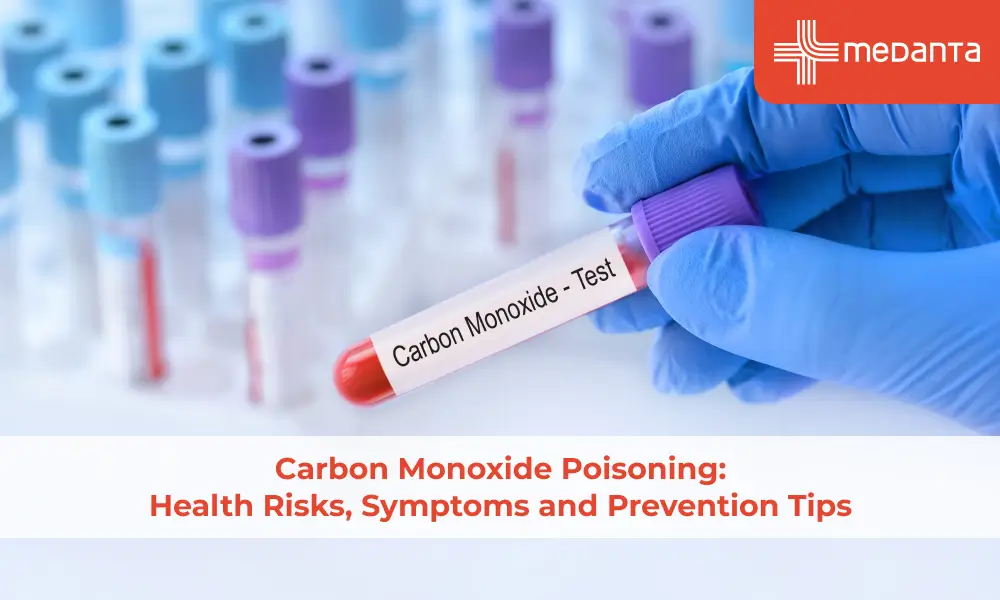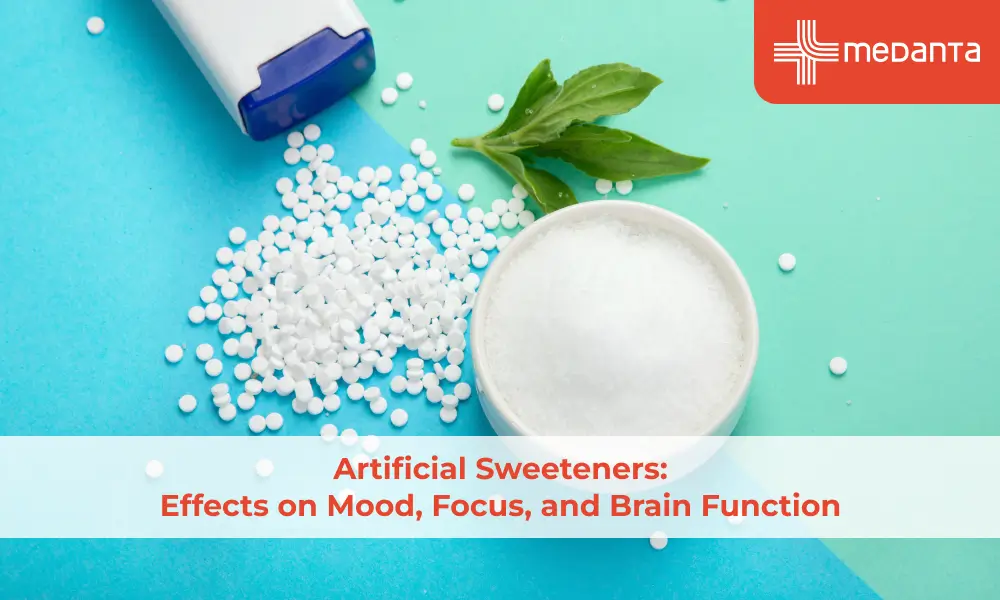What is Anaemia? What Are The Types, Symptoms, Causes, and Treatment?

TABLE OF CONTENTS
Any cause that leads to the reduction of red blood cells in your blood is known as anaemia. Some causes may be short-term or temporary, while others may be long-term issues. Most cases of anaemia present because of a combination of causes. It is important to visit your doctor and identify what is causing your anaemia. It could sometimes be a sign of a serious hidden condition. Patients often feel cold or have general body weakness and a lack of energy.
Some common themes observed in anaemia are:
Women are at a higher risk of developing anaemia faster due to blood loss during periods of pregnancy
Older age increases the risk of chronic conditions that further cause anaemia
Genetics may sometimes play a role. Some people are born with anaemia
What are the types of anaemia?
Anaemia is roughly categorized into different groups based on the type of causative factor. These include:
Aplastic anaemia - occurs when your body does not produce enough RBCs
Iron deficiency anaemia - occurs due to inadequate iron, either from reduced consumption in diet or due to increased loss of blood or iron
Sickle cell anaemia - occurs as a genetic condition and is inherited. The red blood cells lose their structure and ability to carry oxygen
Thalassemia - occurs as an inherited genetic condition due to reduced levels of haemoglobin in the blood
Vitamin deficiency anaemia - occurs due to inadequate vitamin B12 or Folate which are necessary in the formation of RBCs
Who is at risk of developing anaemia?
Women
Infants and young children under 2 years of age
Older adults >65 years of age
People on medications like blood thinners
People with other medical conditions, like ulcers in the stomach or bowel
What are the symptoms of anaemia?
Anaemia symptoms may vary from person to person and some people may show no symptoms. When symptoms do occur, they are usually due to the lack of proper oxygenation in your body. These include:
Weakness and tiredness
Pale or yellow change in skin tone
Dryness and easy bruising of the skin
Irregular heartbeats and/or difficulty breathing
Sore tongue
Feeling dizzy or like fainting
Cold hands and feet
Headaches
Chest pain
Need to keep lower legs in motion
A lack of iron in your body may also present with other symptoms, like:
Ringing in the ears
Hair loss
Spoon-shaped or brittle nails
What are the complications that can develop from anaemia?
Besides the serious effect on your lifestyle and ability to perform basic tasks, anaemia may increase your chance of getting clinically depressed, as well as affect heart health. It may lead to irregular rhythm of the heart and further enlargement and damage to heart walls.
Some forms of anaemia like sickle cell anaemia may progress to become life-threatening. Old people are at significantly higher risk of complications and death when suffering from anaemia.
Anaemia can also cause serious complications in pregnancy and most doctors who manage your pregnancy will try to ensure you do not suffer from anaemia as well.
What are the common causes of anaemia?
There are several causes of anaemia. Some of these are listed below:
Anaemia that is caused by the loss of blood:
Ulcers, gastritis or haemorrhoids that cause bleeding in your digestive system
People taking NSAID medications, which may cause ulcers or gastritis
Heavy menstruation in women
Trauma or injury
Surgical procedures
Anaemia that is caused by reduced or improper RBC production:
Disorders of the bone marrow and stem cells
Aplastic anaemia
Lead poisoning
Thalassemia
Iron-deficiency
Dietary deficiency
Caffeinated drinks and irritant foods
Digestive disorders
Blood donation
Pregnancy & breastfeeding
Periods with high flow
Slow bleeding in the digestive system
Heavy exercise and endurance
Vitamin B-12 or Folate deficiency
Megaloblastic anaemia - due to lack of Vitamin B12 and/or folate
Pernicious anaemia - due to lack of Vitamin B12
Dietary deficiency
Genetic disorders like Sickle cell anaemia
Anaemia that is caused by the destruction of red blood cells:
Immune system disorders like lupus
Enlarged spleen
Genetic disorders
Stress on the body like infections, toxins
Advanced liver disease
Clotting disorders and prosthetics
Anaemia associated with other health conditions:
Advanced kidney disease
Hypothyroidism
Old age
Chronic diseases like diabetes, arthritis, cancer and infections
How is anaemia diagnosed?
The main measurement of anaemia is the value called Complete Blood Count (CBC). This is the total number of RBCs counted from a sample of your blood.
Other blood tests measure the level of RBCs in your blood measured through hematocrit and the level of haemoglobin in your blood.
Observation of RBCs under the microscope gives some clues to the type of anaemia.
There are also tests that help your doctor to identify the root cause of anaemia. This aids him/her to suggest the right course of treatment for you, such as:
Vitamin B12 & Folate levels
Thyroid test
Kidney and Liver function tests
Bone marrow study
Urine tests
Colonoscopy
How is anaemia treated?
Based on the type of anaemia and the cause, your doctor may suggest the best treatment for you. Some measures that can help you prevent anaemia, if you are at risk is to ensure you take adequate quantities of iron, Vitamin B12 and folate in your diet. Please remember that overcooking vegetables can make them lose their value in giving you iron. Some of the commonly recommended treatment is listed below:
Iron deficiency anaemia - Supplements and dietary changes; treatment for loss of blood
Vitamin deficiency anaemia - Supplementation of vitamins; Vitamin B12 injections if absorption problem
Chronic illness- Treatment for underlying chronic illness
Aplastic anaemia - Blood transfusion or Bone marrow transplant
Bone marrow disease - Medication, chemotherapy or transplantation, based on the condition
Hemolytic anaemia - Correcting medications, treating infections and treating underlying conditions
Sickle cell disease - Supportive treatment and blood transfusions
Thalassemia - This usually does not require treatment. Severe forms may need active intervention.





